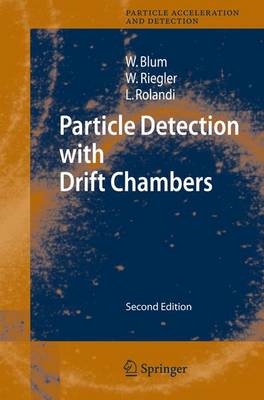Particle Acceleration and Detection
1 total work
Particle Detection with Drift Chambers
by W. Blum, Werner Riegler, and L Rolandi
Published 1 January 1993
This text explains how drift chambers - the modern detectors for particles - work. It provides a solid foundation for judging the achievable accuracy of co-ordinate and ionization measurements. The book covers topics such as gas ionization by particles and by laser rays; the drift of electrons and ions in gases; electrostatics of wire grids and field cages; amplification of ionization; creation of the signal track parameters and their errors; ion gates; particle identification by measurement of ionization; existing chambers; and drift chamber gas. The topics are treated in a textbook style with many figures. Calculations are presented in some detail. The text is suitable for all students who want to begin to understand particle detection and drift chambers. Information that was previously scattered throughout the research literature is combined with calculations by the authors of the statistics of ionization and the fundamental limits of accuracy, along with the results of the authors' experiments on ionization, drift and diffusion of electrons in gases, and the amplification process.
